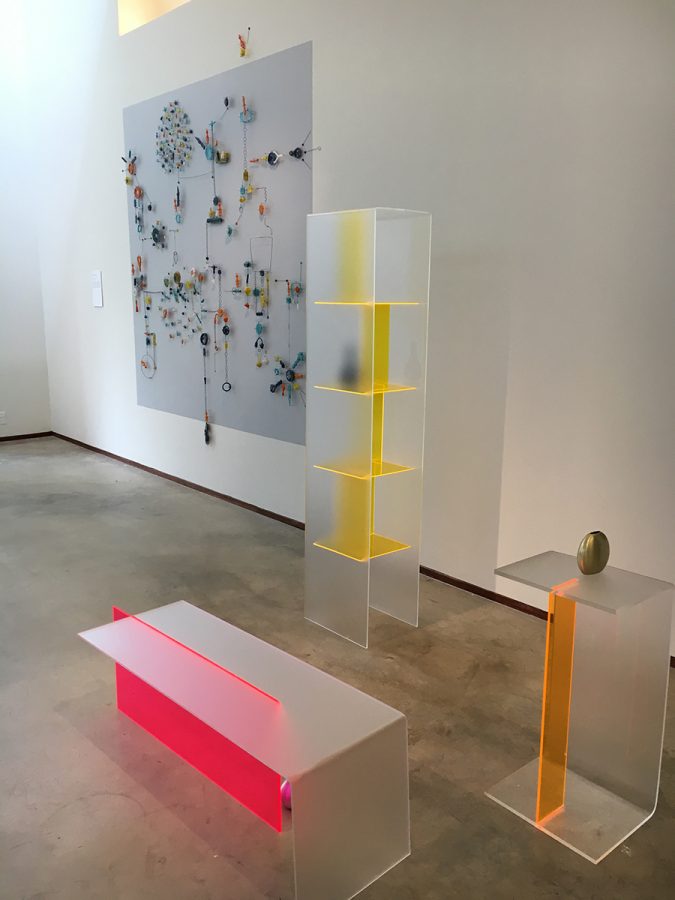Column: Modern art is “real” art
Modern and contemporary art museums and styles are growing more popular and continue to change the art world.
June 1, 2016
Yes, I know it’s only a circle. So what if there’s only a couple lines on a white background? Of course I see the square. Now hold on: isn’t that just a canvas painted red?
The great debate: is “modern” art truly art at all? Surely this is a loaded question, of which big questions always have big answers.
First of all, a common misconception should be cleared: What truly is ‘modern’? Modern art, by definition, does not fit into the singular blank circle on a canvas that many of us try to squeeze it into; modern art is often simply the pushing aside of traditional methods in the name of experimentation. In fact, this “modern” art very often refers to a time period itself (though a very rough, etimated, and unclear outline of time) where tradition started to falter.
This is the true, simple definition of modern. Many might be surprised to hear that modernism “ended” as early as the late 20th century- only to be taken up by something different. Here lies the misconception many face today: these obscure, minimalist shapes we question so often may be contemporary. As the modern art age is considered to have came and went, contemporary art is what rises in museums today (I suggest MOCAD- The Museum of Contemporary Art Detroit. Definitely worth a trip to learn about this ‘contemporary’ they speak of).
The thing about contemporary art, however, is that it’s constantly changing. One key factor of answering the Big Question is to remember that art does not fit inside a box. Contemporary, especially, showcases this.
To help visualize this ever-changing form of art, here’s a personal anecdote of the contemporary exhibits I have personally encountered, as follows:
–A large sandbox-sized section of floor filled with a one-inch deep layer of sugar & sand
-An entire wall covered top-to-bottom in dirty backpacks
– At least 50 light bulbs hung from long ropes, all with a different shapes inside (a helicopter, a cloud, a fly, etc.)
-An apple with a $1 bill stuck through the middle
-A video shown through a projector of three hispanic children digging a hole
-A toilet (in a cage)
-A dramatic reading of a Dr. Seuss novel
-A 7-foot tall pink canvas with a single white line down the middle
Of course, limits do not exist in this realm of unknown. By understanding this, I’d say that you now understand the tip of the iceberg. Another key culprit to the Big Question lies is Minimalism. This would be the more specific form of the “blue square on white canvas” style.
The minimalist movement started to rise in the 1950s as intricacy started to fade into the “smaller and simpler = better” mindset that still shows today. By taking a look around, you might find that the phones, interior decorating, and clothing popular today reflect more simple ideals consistent with minimalism. Therefore, our art has done the same.
So, the big question, therefore, does not have one answer. I personally believe it should remain without one. Though overused, the cliche contains truth: anything intended to be art, or can be looked at in a way that makes it art to the observer, is art. We should abolish the idea that the 18th century painters were the only individuals capable of producing art. This is utterly and embarrassingly ridiculous.
We constantly move into new eras, interpretations, and varieties of art that should not be brushed off. If anything, we should be appreciating the new movement of thinking that allows those squares and lines to be art. Why would any true art lover resent more of the world being able to be defined as art?
A broader definition of art is not stupidity. It is a revolution of a more beautiful and deep outlook.






